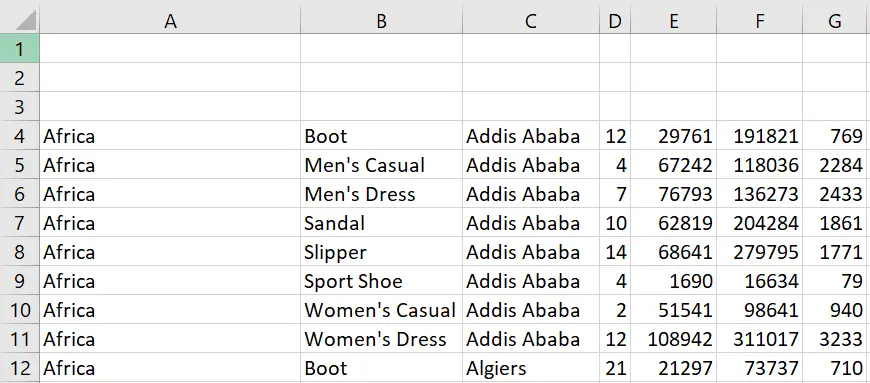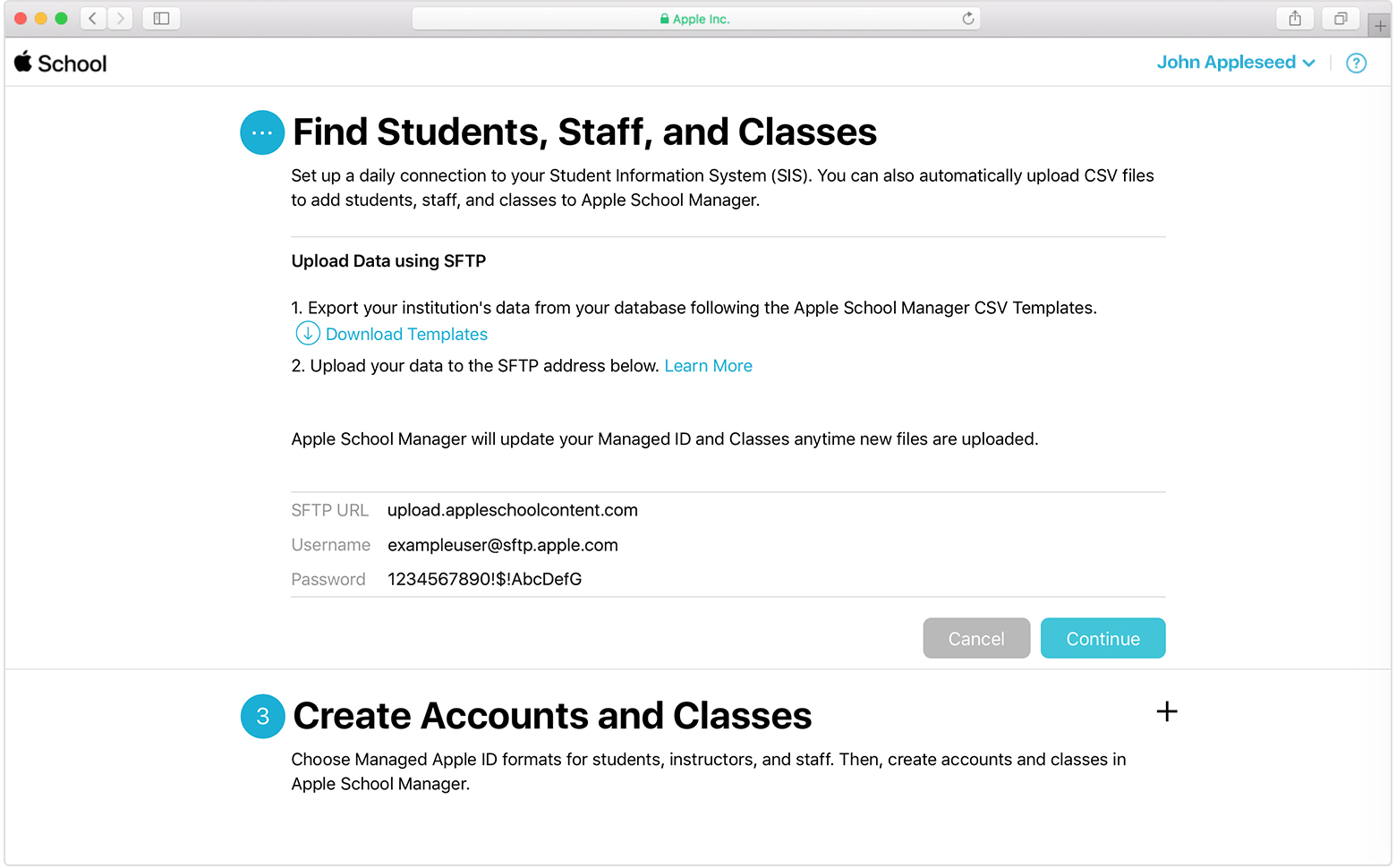

Recording, or in any information storage or retrieval system, without written permission from the publishers.įor permission to photocopy or use material electronically from this work, please access () or contact the Copyright Clearance Center, Inc. Mechanical, or other means, now known or hereafter invented, including photocopying, microfilming, and No part of this book may be reprinted, reproduced, transmitted, or utilized in any form by any electronic, Responsibility for the validity of all materials or for the consequences of their use. Have been made to publish reliable data and information, but the author and the publisher cannot assume Quoted with permission, and sources are indicated. This book contains information obtained from authentic and highly regarded sources. Library of Congress Card Number 2005048547 International Standard Book Number-10: 1-58488-469-X (Hardcover) Printed in the United States of America on acid-free paper The easiest method is to use a Named Range in Excel to define the exact boundaries of the data.C469X_Discl.fm Wednesday, Aug12:09 PMĬhapman & Hall/CRC is an imprint of Taylor & Francis Group If your Excel data does not begin in cell A1 (the default start point for an import process), then you can add a RANGE= value that includes the specific cells.

(Just learning? These DBMS=XLSX techniques also work in SAS University Edition.) You do need a licence for SAS/ACCESS to PC Files. Your Excel file must be in the Excel 2007-or-later format (XLSX). It works on all operating systems without the need for additional components like the PC Files Server.

With SAS 9.4 and later, SAS recommends using DBMS=XLSX for the most flexibility.

In this article, I'll describe how to use the RANGE statement in PROC IMPORT to get the data you need. If you're using SAS to read data from Microsoft Excel, what can you do when the data you need doesn't begin at cell A1?īy design, SAS can read data from any range of cells in your spreadsheet. However, many of us use spreadsheets as if they were databases, and then we struggle when the spreadsheet layout does not support database-style rigor of predictable rows, columns, and variable types - the basic elements we need for analytics and reporting. I've said it before: spreadsheets are not databases.


 0 kommentar(er)
0 kommentar(er)
